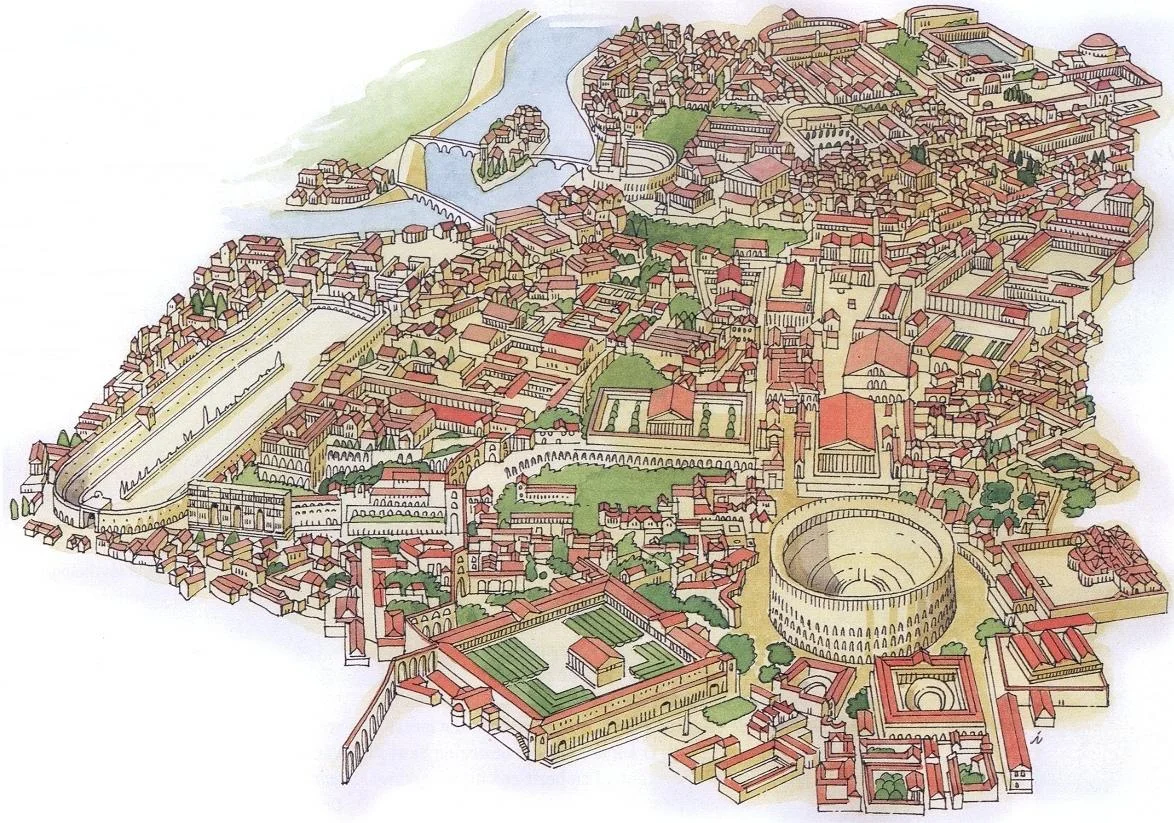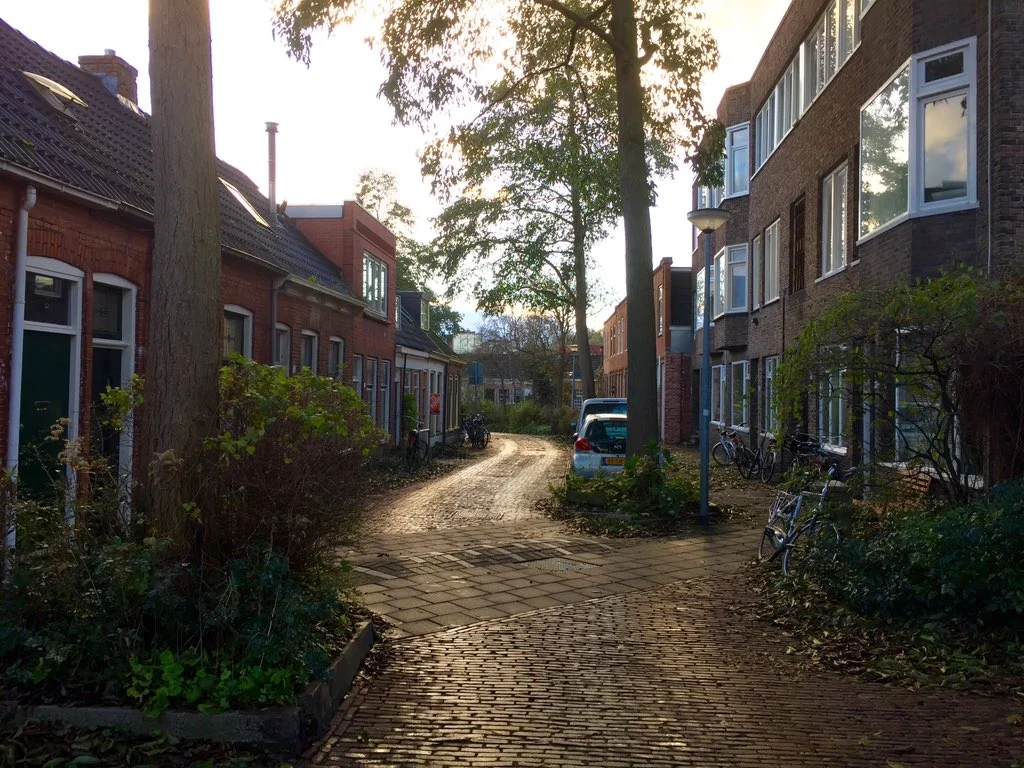During a semester in Spain, I realized that an urban, walkable place need not imply high rise buildings, crazy traffic and overcrowded streets. Traditional development offers the convenience and productivity of urban living at a small-town pace.
Read MoreWe use the phrase “traditional development pattern” in dozens of Strong Towns essays. Here’s your one-stop-shop explainer article as to what that means.
Read MoreIncrementalism is not an end in itself. It’s not about stubborn insistence on some sort of small-is-beautiful aesthetic for its own sake. Incremental development is a practical means to the end of resilient, financially sound places.
Read MoreWe’ve destroyed so many traditional, human-scale neighborhoods in America that we tend to think of the ones that remain—like New Orleans’ famous French Quarter—as inherently exotic, the kind of place you love to visit but certainly wouldn’t live. Let’s stop treating timeless, great urban design like it’s only for tourists.
Read MoreCome on, Chuck, just give it up already and tell us what works. If it were only that easy.
Read MoreAn interview with Steve Nygren, developer of Serenbe, Georgia, about how Serenbe is unlike conventional suburbia, and why Nygren thinks it holds lessons for how all of our communities could achieve a better way of life at a lower cost.
Read MoreYour Strong Towns Knowledge Base question of the week, answered here.
Read MoreIt matters what size chunks we build our cities in. Making room for many small-scale development projects on small lots is the universal historical model for a reason, and modern cities could stand to get back to it.
Read MoreProfessional planners are trained to yearn for tighter urban design controls, as if cities without comprehensive, top-down planning would devolve into chaos and disorder. In reality, cities evolve according to mechanisms that allow us to gradually discover optimal urban design across time.
Read MoreMost cities’ zoning and development regulations obsess over things that are easy to measure, like building height and density, at the expense of the things that actually determine whether we’re building quality places.
Read MoreTake a photo tour of some great streets in Syracuse and see what makes the traditional development pattern work so well on the ground.
Read MoreOne of the reasons Ocean Grove, New Jersey has endured intact is the presence of a religious community that had a higher calling and a longer event horizon than the dominant secular culture. There are lessons to be learned here even by people who may not identify with the church.
Read MoreYour town's streets are its vital organs. A great street can make a place, and a badly-designed street can kill a place. We want you to tell us about a street you love that makes your town a stronger, more resilient place.
Read MoreAn assisted-living facility in Ohio offers a nostalgic, Norman Rockwell-esque setting modeled on traditional neighborhoods—the very sort of beloved, timeless places that we’ve all but stopped building in the real world.
Read MoreThe history of Spokane, Washington is a microcosm of what American cities as a whole have experienced. Spokane has lessons to teach us, including the power of incremental (but rapid) growth.
Read MoreThe scale and value of what we’ve sacrificed in order to build parking lots and highways is staggering. Only by understanding that loss can we figure out how to build stronger towns.
Read MoreArchitects and CNU leaders, Andres Duany and Kevin Klinkenberg pull back the curtain on Savannah, GA.
Read MoreWhen a neighborhood commercial street comes back to life, the whole city benefits.
Read MoreThe current design of our cities is a lose-lose for business owners and residents.
Read MoreCan we afford to build incrementally when the problems we face are so enormous?
Read More



















